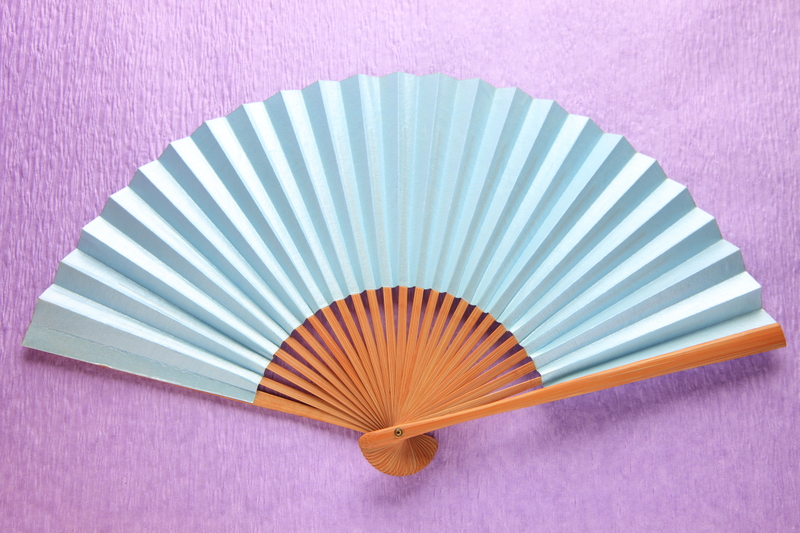Step-by-Step Tips for the Correct Disposal of PPE Waste
PPE (Personal Protective Equipment) waste disposal has become more important than ever in today's world. Whether you are a healthcare worker, a business owner, or an everyday individual, properly disposing of used masks, gloves, gowns, and face shields is critical for both human health and environmental protection. Improper handling of PPE can lead to contamination, the spread of diseases, and significant damage to our ecosystem. This comprehensive guide provides step-by-step tips for the correct disposal of PPE waste, with practical advice to help individuals and organizations handle this crucial responsibility.
Understanding PPE Waste: What Does It Include?
Personal Protective Equipment waste refers to all PPE items that are discarded after use. PPE waste includes but is not limited to:
- Face masks (surgical masks, N95 respirators, cloth masks)
- Gloves (latex, nitrile, vinyl, rubber)
- Face shields and goggles
- Protective gowns and aprons
- Shoe and head covers
- Other disposable protective items
Because most PPE is single-use and made from plastics, proper PPE disposal is necessary to prevent pollution, the spread of pathogens, and harm to wildlife.

Why Correct PPE Waste Disposal Matters
Disposing of PPE waste correctly is essential for several reasons:
- Reduces the risk of infection and disease transmission to waste handlers and the public
- Prevents environmental pollution - plastics from PPE can persist for hundreds of years
- Protects wildlife from ingesting or getting entangled in PPE items
- Supports public health systems by managing medical waste efficiently
With growing use of PPE across various sectors, especially during pandemics, effective personal protective equipment waste disposal is a shared responsibility that can make a positive difference on a global scale.
Step-by-Step Guide for Proper Disposal of PPE Waste
The following guide outlines the best practices for individuals, businesses, and healthcare facilities to ensure safe PPE waste disposal. Following these steps minimizes health risks and environmental impacts.
Step 1: Carefully Remove Used PPE
Before even thinking about throwing away your used PPE, it's important to remove it correctly to avoid self-contamination or spreading germs on surfaces. Follow these safe removal practices:
- Always wash your hands or use hand sanitizer before and after removing PPE
- Remove gloves by peeling them away from your wrists, turning them inside out as you go
- Take off masks by only handling the ear loops or ties
- Dispose of each PPE item immediately after use to prevent accidental reuse or contact
Step 2: Segregate PPE Waste from Regular Trash
PPE waste should never be mixed with regular household or office garbage. This helps ensure proper handling and reduces health risks.
- Use a dedicated bin or container lined with a plastic bag specifically for PPE waste
- Label the bin "PPE Waste Only" for clarity
- Keep the bin in an accessible but secure location
Tip: If you're disposing of potentially infectious PPE (e.g., if you're sick or work in healthcare), use a double-bagging method to further reduce risk.
Step 3: Make PPE Waste Inaccessible to Others
To prevent accidental exposure or contact, always secure used PPE waste.
- Tie bags tightly once they're about two-thirds full
- Store bags out of reach of children, pets, and scavengers
- Do not compress or crush bags to avoid bursting and releasing contaminants
Step 4: Follow Local PPE Waste Disposal Guidelines
Every city or country has its own rules for handling contaminated waste, such as PPE. It's essential to follow these regulations for community safety:
- Check your municipal waste disposal website for specific instructions
- In many areas, used PPE should be placed in the general waste (not recycling) for landfill or specialized disposal
- Do not dispose of used PPE in recycling bins as this may contaminate the recycling stream
- Households with COVID-19 cases should follow stricter protocols, sometimes waiting 72 hours before placing waste out for collection
Step 5: Consider PPE Waste Collection Services
Businesses and healthcare facilities generating larger amounts of PPE waste should contract with a certified waste collection or disposal service:
- Choose services experienced in infectious or hazardous waste management
- Request proof of safe and ethical PPE waste handling and disposal methods
- Ask about waste tracking, documentation, and final disposal processes
Step 6: Explore PPE Recycling Where Available
Some types of PPE, such as certain masks and face shields, can now be recycled through specialized programs:
- Check for local or national PPE recycling drop-off points
- Use programs such as TerraCycle that are designed to process disposable masks and gloves
- Never recycle contaminated or medical-grade PPE items through standard household recycling
*Recycling PPE helps reduce environmental impact but must be done through the correct channels to prevent contamination. Always verify if items are suitable for PPE recycling in your area.*
Step 7: Practice Hygiene After Disposal
Once your PPE waste is correctly handled:
- Wash your hands thoroughly with soap and water for at least 20 seconds
- Sanitize waste bins periodically
- Change bin liners regularly
Special Tips for Healthcare and Essential Businesses
Healthcare centers, laboratories, and businesses must adhere to stricter PPE waste management standards due to higher risks:
- Store PPE waste in color-coded biohazard bins with secure lids inside clearly marked hazardous waste areas.
- Train staff on correct removal and disposal of PPE.
- Use autoclaves or incineration for contaminated PPE, following regulatory guidelines.
- Document all PPE waste disposal for legal and safety compliance.
Healthcare PPE disposal is regulated by strict laws in most countries. Consult your local health department for up-to-date requirements.
PPE Waste Management and the Environment
The rise in PPE usage worldwide has led to alarming increases in plastic waste polluting oceans, rivers, and city streets. Although PPE keeps people safe, its environmental impacts must not be ignored.
Some key facts:
- Disposable masks can take up to 450 years to degrade in landfills
- Wildlife can become entangled in elastic loops of masks or gloves
- Microplastics from PPE break down and enter food chains, affecting animal and human health
To reduce the environmental burden:
- Choose reusable PPE items (where possible and safe to do so)
- Participate in PPE collection and recycling programs
- Educate your community about responsible PPE waste disposal
Common Mistakes in PPE Waste Disposal to Avoid
Avoid these frequent errors when disposing of PPE to ensure you're truly protecting people and the environment:
- Throwing PPE in recycling bins - This contaminates recyclables and endangers workers
- Leaving used PPE in public places - This increases risk of transmission and littering
- Burning PPE in open fires at home - This releases toxic fumes and is illegal in many areas
- Reusing single-use PPE without sterilization - This increases risk of infection
- Disposing PPE waste loosely without bagging - This exposes handlers and the general population to contaminants
Frequently Asked Questions About PPE Waste Disposal
Can I recycle disposable masks and gloves?
In most regions, disposable masks and gloves should not be placed in standard recycling bins because they may be contaminated and can damage recycling machinery. Look for specialized PPE recycling programs if available in your area.
Is it safe to dispose of PPE waste in regular trash?
If you do not have access to dedicated PPE disposal programs, place used PPE in a securely tied plastic bag and put it in your regular trash. Always wash your hands afterwards and do not overfill the bags.
What should I do with unused or expired PPE?
Unused or expired PPE should be donated if still usable, or disposed of through municipal collection points or hazardous waste programs. Never flush PPE down toilets or drains.
How can businesses dispose of large volumes of PPE?
Partner with certified waste disposal companies experienced in hazardous waste management. They'll provide proper containers, collection schedules, and compliance documentation.
Are cloth masks considered PPE waste?
Cloth masks are reusable, so they must be washed and sanitized regularly. Only discard cloth masks as waste when they are damaged or no longer effective.

Best Practices for Continued PPE Waste Reduction
Reducing PPE waste not only helps the environment but can also save money and resources. Here are some ongoing practices to consider:
- Adopt reusables whenever safe and practical (e.g., washable cloth masks and gowns)
- Implement staff and community training on correct disposal techniques
- Conduct regular waste audits to identify opportunities for reduction
- Participate in or launch PPE collection drives in your neighborhood
- Stay updated on new technologies for PPE recycling and biodegradable alternatives
Conclusion: Your Role in Proper PPE Waste Disposal
The surge in PPE use during global health crises calls for collective responsibility in managing this essential waste. By following these step-by-step tips for correct PPE waste disposal, we can safeguard human health, support essential workers, and protect natural ecosystems from further harm.
Remember: Always dispose of your PPE safely, spread awareness, and lead by example. For updates on PPE recycling and waste management, regularly consult your local health and waste authorities.
Together, every careful action you take today can help shape a safer, cleaner tomorrow.
For more resources on sustainable waste practices and up-to-date PPE disposal guides, follow leading environmental and public health organizations in your region.
